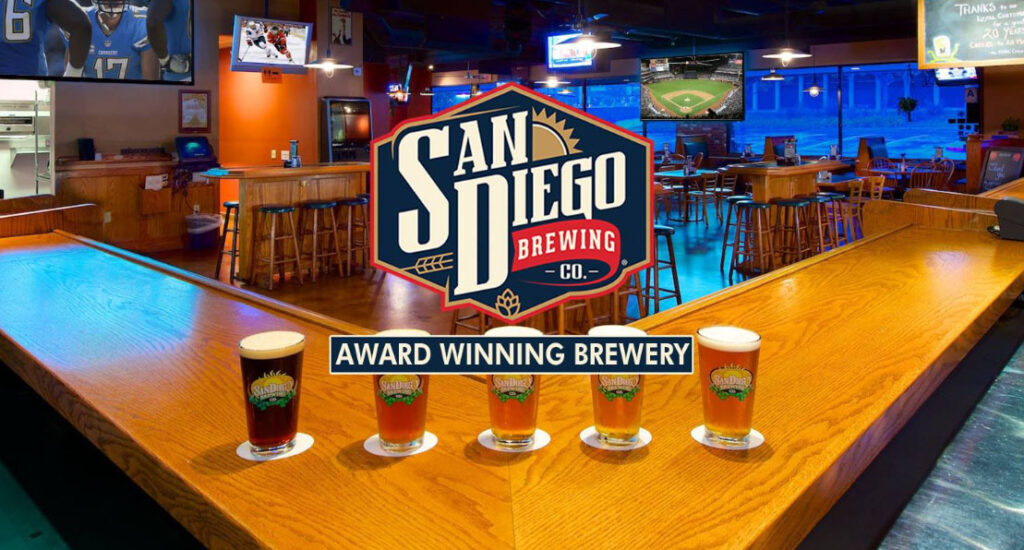 San Diego, CA – January 6, 2026 – San Diego Brewing Company, one of San Diego’s original craft breweries and a beloved fixture since 1993, is thrilled to announce the release of Montezuma’s Haze IPA, a bold and juicy New England-style hazy IPA that pays homage to the rich history and vibrant spirit of the region.
San Diego, CA – January 6, 2026 – San Diego Brewing Company, one of San Diego’s original craft breweries and a beloved fixture since 1993, is thrilled to announce the release of Montezuma’s Haze IPA, a bold and juicy New England-style hazy IPA that pays homage to the rich history and vibrant spirit of the region.
Brewed with a generous blend of tropical hops including Citra, Mosaic, and El Dorado, Montezuma’s Haze IPA delivers explosive notes of pineapple, mango, and citrus, wrapped in a soft, pillowy mouthfeel with a signature hazy glow. At 6.8% ABV, this unfiltered brew offers low bitterness and maximum drinkability—perfect for San Diego’s year-round sunshine and craft beer enthusiasts seeking the next big haze.
“Inspired by the legendary Aztec emperor and the adventurous soul of San Diego, Montezuma’s Haze is our take on the hazy IPA craze that’s sweeping the nation,” said Head Brewer at San Diego Brewing Company. “We focused on creating a beer that’s bursting with fruit-forward flavors while staying true to our roots in crafting delicious, hoppy brews.”
Montezuma’s Haze IPA is now available on draft at the San Diego Brewing Company brewpub located at 10450 Friars Rd, San Diego, CA 92120. Join us at the brewpub, featuring special pours, food pairings, and live music. Follow @SanDiegoBrewing on social media for updates and events.
About San Diego Brewing Company
Established in 1993, San Diego Brewing Company stands as one of San Diego’s original craft breweries and a beloved brewpub in the heart of Mission Valley. Renowned for its award-winning house-brewed beers—with a strong emphasis on bold, hop-forward IPAs—crafted in small batches using time-honored recipes and premium ingredients without preservatives or adjuncts, the brewery pairs its exceptional taps with a full restaurant menu featuring elevated pub fare, vegetarian options, and dog-friendly outdoor seating. Under recent passionate new ownership committed to preserving its legacy while innovating for the future, San Diego Brewing Company continues to be a go-to destination for locals and visitors seeking authentic San Diego craft beer experiences.

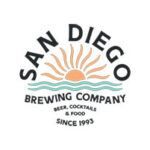
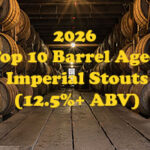

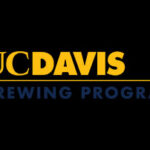

 1960s: Expansion Under Michael Lewis
1960s: Expansion Under Michael Lewis

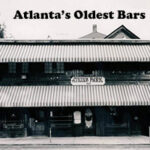
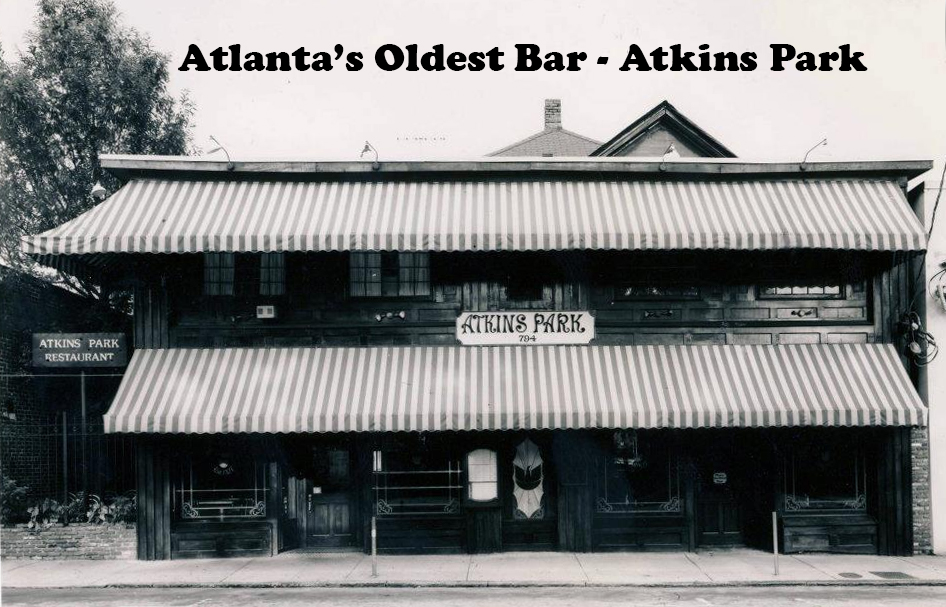

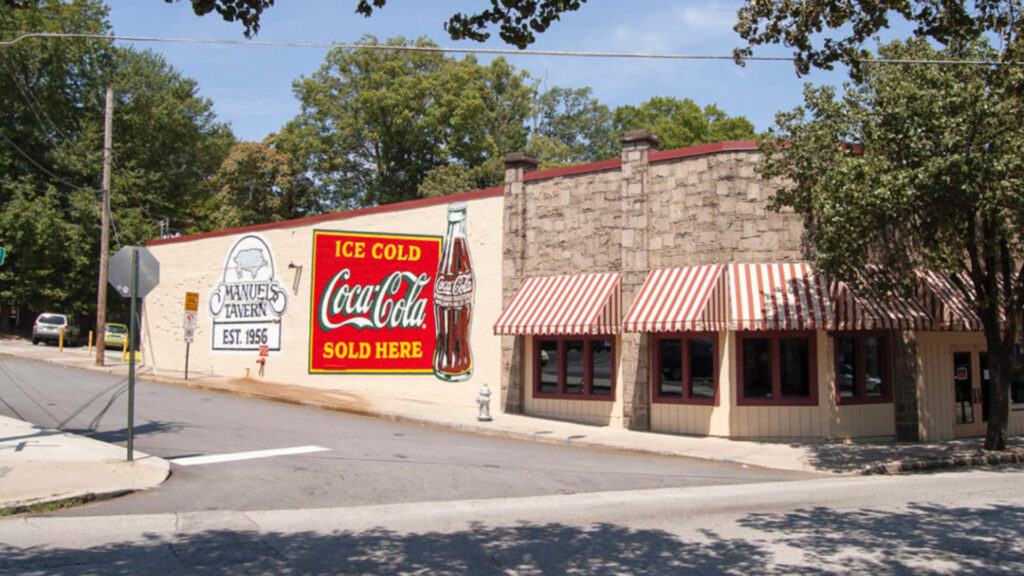



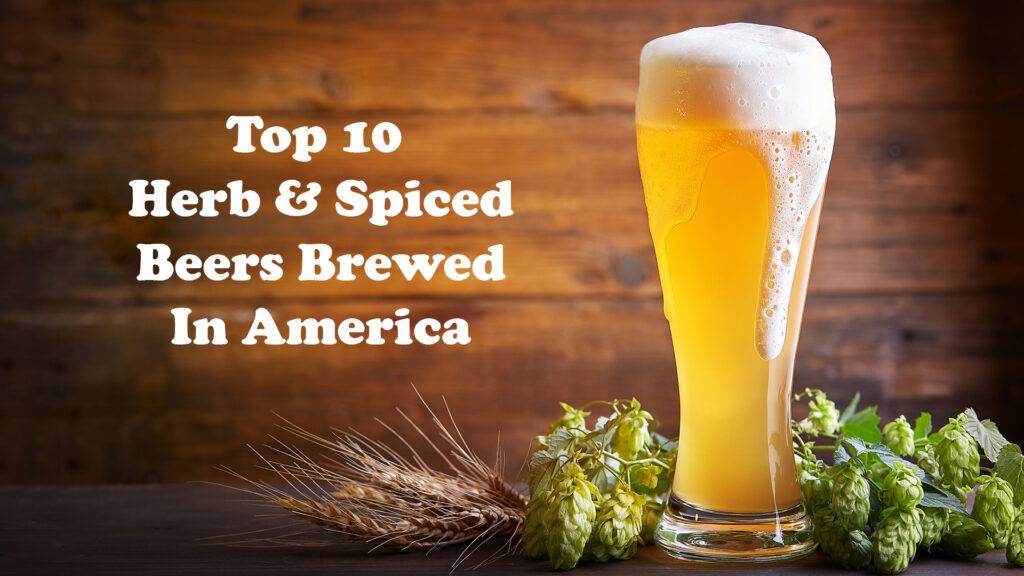


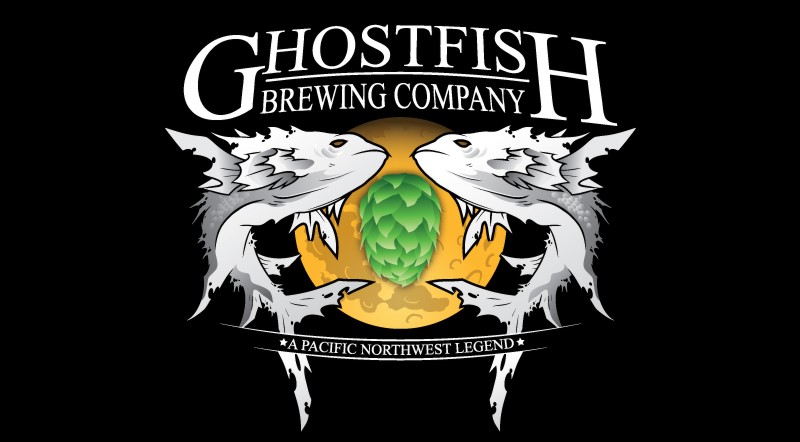 Seattle, Washington – Ghostfish Brewing Company, a leading pioneer in dedicated gluten-free craft beer, has acquired key brewing assets from Green Lake Brewing Company, LLC (doing business as Fremont Brewing Company). This move secures a state-of-the-art production facility originally developed by Seattle’s iconic Pike Brewing in 2023.
Seattle, Washington – Ghostfish Brewing Company, a leading pioneer in dedicated gluten-free craft beer, has acquired key brewing assets from Green Lake Brewing Company, LLC (doing business as Fremont Brewing Company). This move secures a state-of-the-art production facility originally developed by Seattle’s iconic Pike Brewing in 2023.
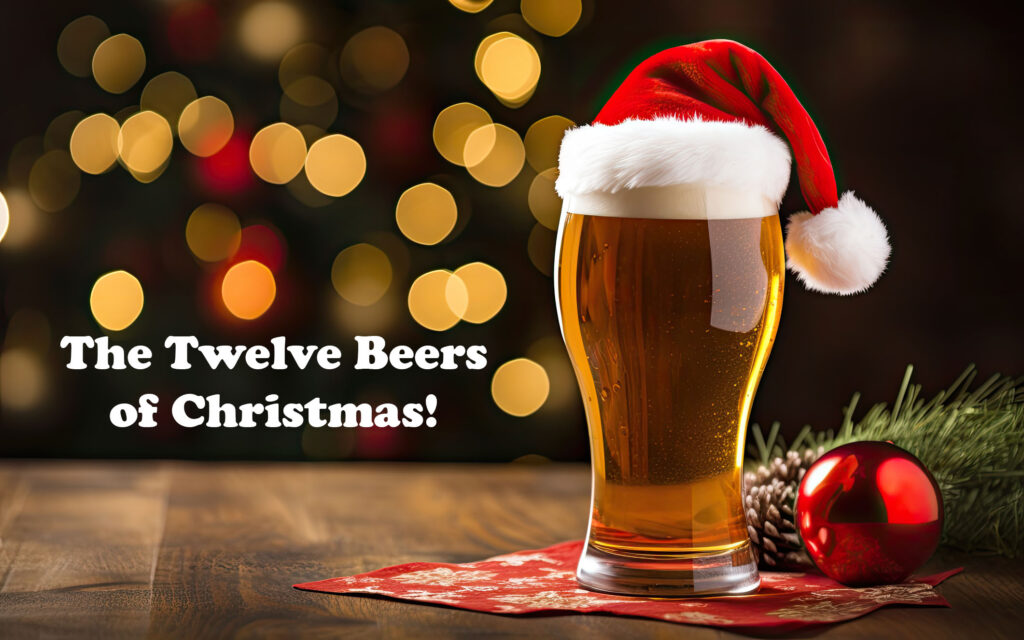 Nothing says “Merry Christmas” quite like cracking open a frosty American craft beer brewed just for the holidays! From coast to coast, U.S. brewers unleash seasonal magic with spiced winter warmers bursting with cinnamon, ginger, and honey—like the legendary Great Lakes Christmas Ale from Ohio—or hoppy rebels such as Sierra Nevada’s Celebration IPA, delivering piney freshness without a single nutmeg in sight. Whether you’re toasting with Tröegs Mad Elf’s cherry-honey buzz in Pennsylvania, sipping Deschutes Jubelale’s malty coziness in Oregon, or diving into bold barrel-aged gems, these festive brews turn any holiday gathering into a jolly celebration. Grab ’em fresh while they last—cheers to the most wonderful (and boozy) time of the year! Top 12 Christmas Beers of 2025.
Nothing says “Merry Christmas” quite like cracking open a frosty American craft beer brewed just for the holidays! From coast to coast, U.S. brewers unleash seasonal magic with spiced winter warmers bursting with cinnamon, ginger, and honey—like the legendary Great Lakes Christmas Ale from Ohio—or hoppy rebels such as Sierra Nevada’s Celebration IPA, delivering piney freshness without a single nutmeg in sight. Whether you’re toasting with Tröegs Mad Elf’s cherry-honey buzz in Pennsylvania, sipping Deschutes Jubelale’s malty coziness in Oregon, or diving into bold barrel-aged gems, these festive brews turn any holiday gathering into a jolly celebration. Grab ’em fresh while they last—cheers to the most wonderful (and boozy) time of the year! Top 12 Christmas Beers of 2025.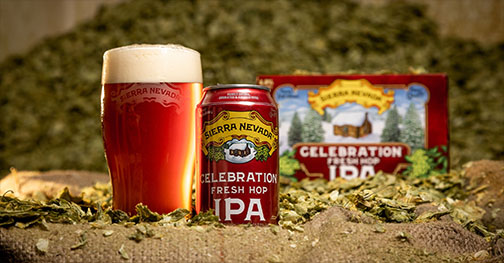
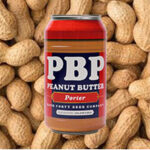

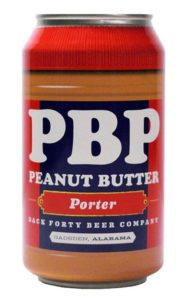 4. Peanut Butter Porter – Back Forty Beer Company – Gadsden, Alabama
4. Peanut Butter Porter – Back Forty Beer Company – Gadsden, Alabama
 ATLANTA – On a crisp Saturday evening at the
ATLANTA – On a crisp Saturday evening at the